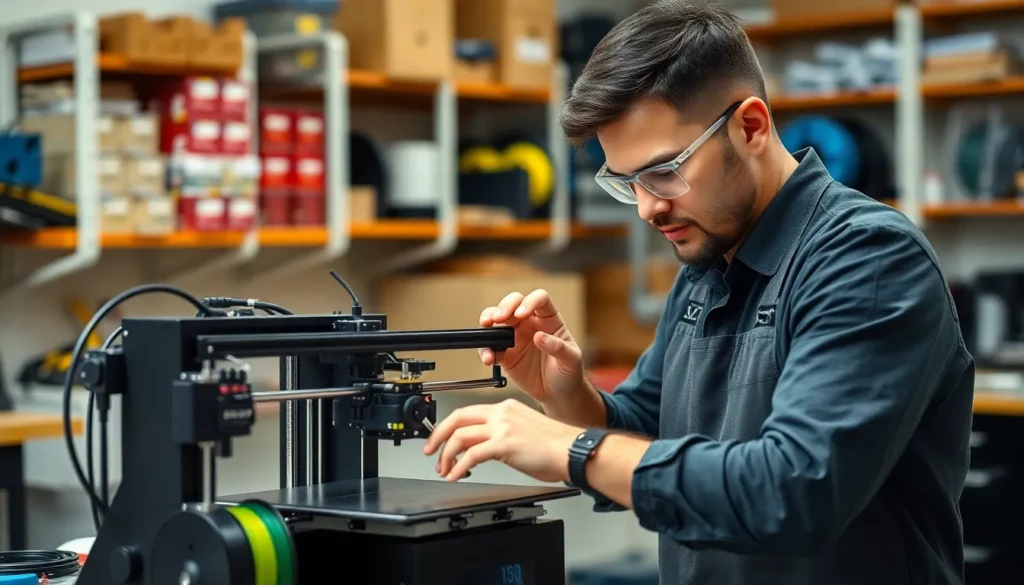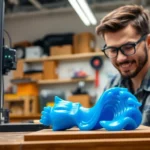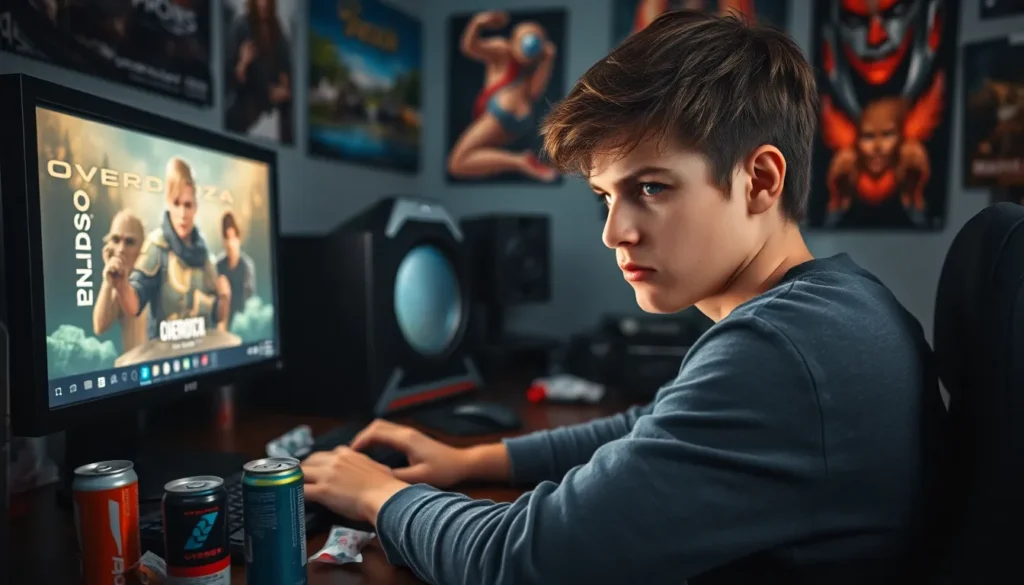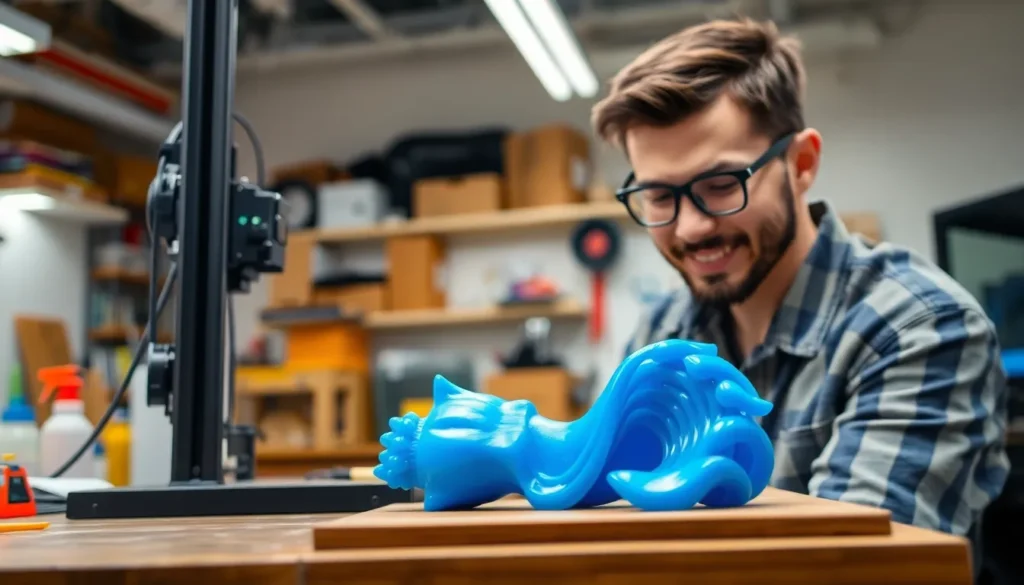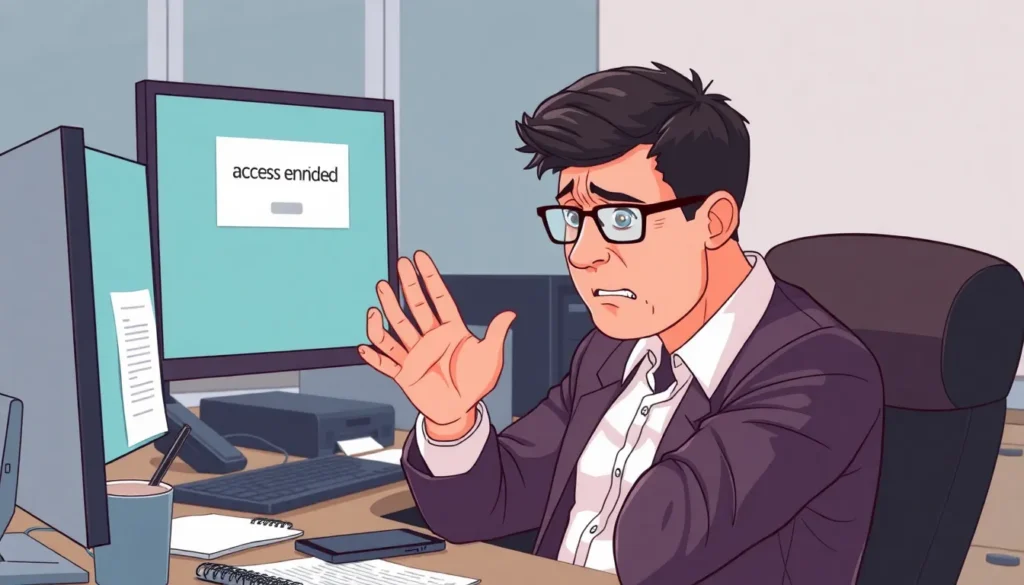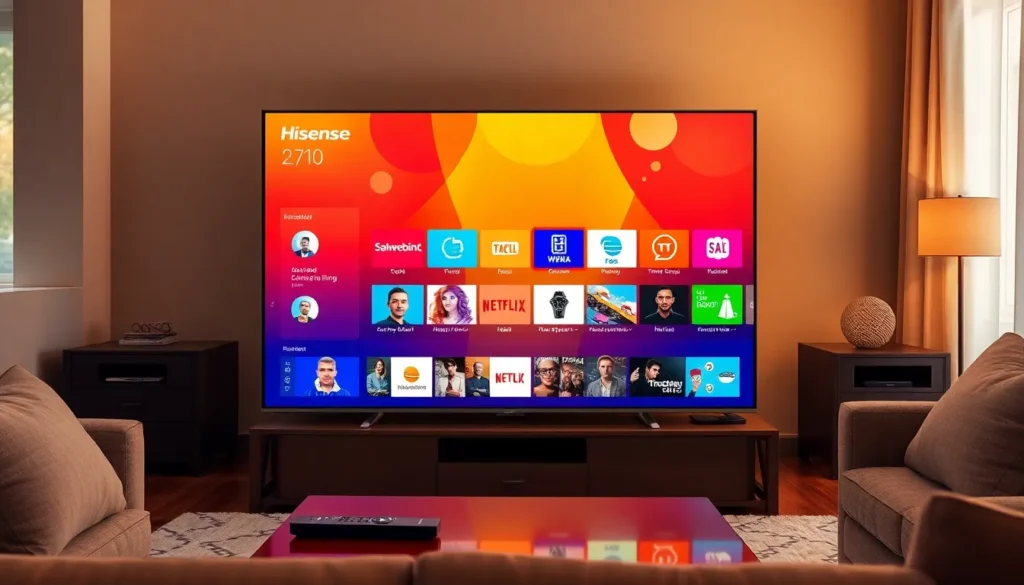3D printing can feel like magic—until it doesn’t. One moment, a beautiful creation is emerging layer by layer, and the next, it’s a tangled mess resembling a modern art piece gone wrong. Fear not! Troubleshooting your 3D printer doesn’t have to be a Herculean task.
Table of Contents
ToggleCommon 3D Printer Issues
3D printers may encounter several common issues that disrupt print quality. Recognizing these problems can streamline troubleshooting.
Filament Problems
Filament jams frequently occur due to clogs in the nozzle or improper loading. Heeding the correct spool type and quality is crucial. A clogged nozzle requires immediate attention; cleaning can restore functionality. Additionally, moisture absorption in filament leads to poor prints. Keeping filaments dry and sealed extends their lifespan. Users should ensure compatible diameter sizes for the printer, as incorrect thickness contributes to jams. Lastly, color changes or inconsistent extrusion signals potential issues with the filament itself.
Printing Adhesion Issues
Adhesion problems manifest when layers fail to stick to the print bed. Utilizing a heated bed can enhance adhesion, making a significant difference in the outcome. Additionally, ensuring a level print bed contributes to uniform contact. Applying suitable adhesion agents, like glue sticks or blue tape, often helps improve stickiness. When prints warp or lift, adjusting temperatures might resolve the issue. Regularly cleaning the print bed surface ensures optimal adhesion conditions. Awareness of print surface materials aids in preventing these common pitfalls.
Hardware Troubleshooting
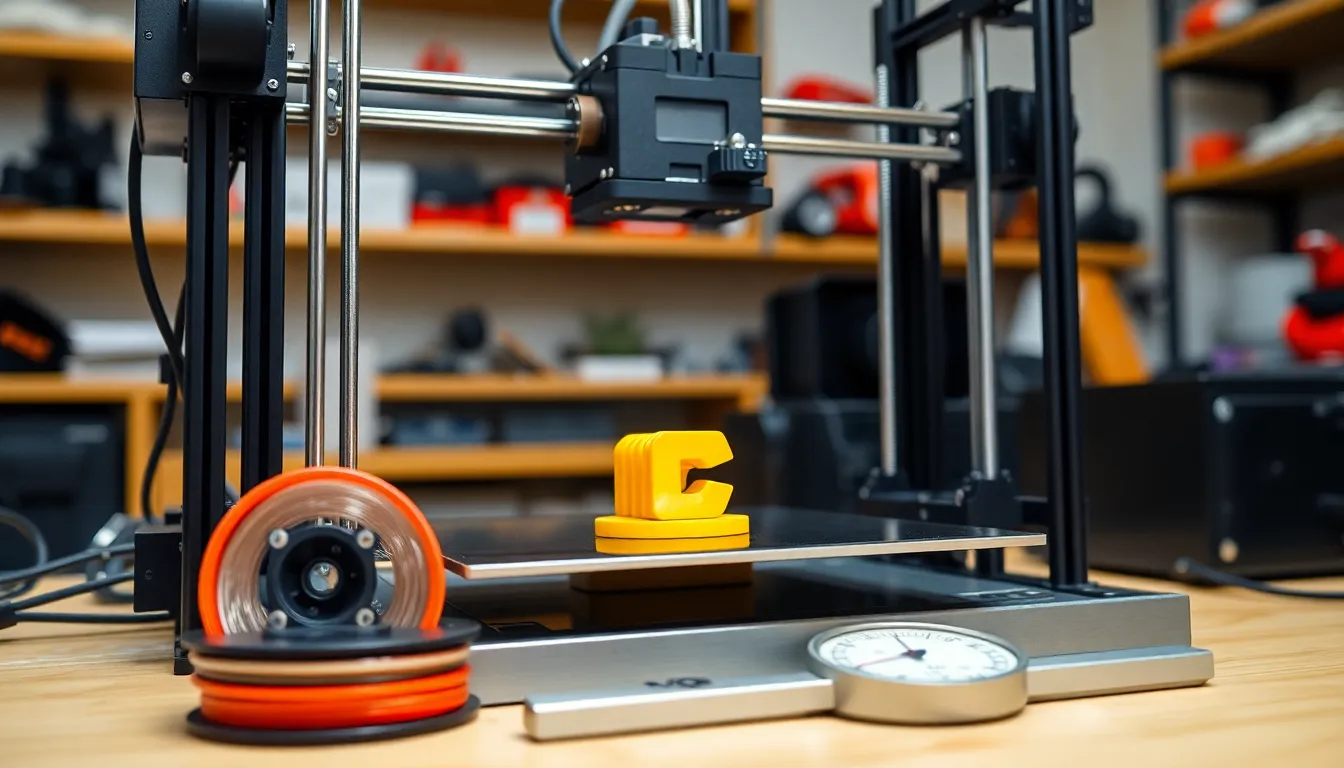
Hardware issues are common in 3D printing, but they often have straightforward solutions. Addressing extruder blockage or bed leveling can significantly enhance printing performance.
Extruder Blockage Solutions
Addressing extruder blockages starts with identifying the cause. Clogs typically occur from melted filament residue or debris buildup. Clearing out the nozzle using a cleaning filament can help restore regular flow. Regular maintenance, such as checking for loose filament or ensuring the heating element operates correctly, minimizes blockage chances. Inspecting the PTFE tube for wear or damage can prevent future clogs. Keeping the extruder temperature consistent with filament specifications enhances material flow.
Bed Leveling Techniques
Achieving proper bed leveling boosts print adhesion and quality. Utilize a piece of paper to check the nozzle’s gap from the bed; it should create a slight drag. Adjust the bed screws evenly to maintain a level surface across all corners. Many 3D printers include auto-leveling features that simplify this process, but manual leveling remains vital for those without. Regularly verifying and readjusting the bed ensures optimal positioning for successful prints. Checking the bed surface for cleanliness also improves adhesion and lowers the risk of printing failures.
Software Troubleshooting
Software issues can significantly impact the performance and output of a 3D printer. Addressing these problems requires understanding both slicing software and firmware components.
Slicing Software Adjustments
Adjusting slicing software settings can eliminate many printing problems. Increase layer height for faster prints if detail isn’t critical. Lowering the wall thickness can improve material flow, especially with larger prints. Modifying print speed can enhance consistency and reduce stringing. Enable support structures when printing overhangs to ensure they print correctly. Users often overlook temperature settings; calibrating extruder temperature can mitigate filament issues. Always select the right filament profile for optimal results based on the material used.
Firmware Updates
Firmware updates can enhance a 3D printer’s capabilities and fix bugs. Check the manufacturer’s website frequently for the latest firmware available. Installation usually involves downloading the firmware file and using a USB drive or SD card. Keeping firmware current can prevent connectivity issues that arise from outdated software. Remember that some updates improve the printer’s performance, adding features like better auto-leveling or enhanced calibration procedures. Regular updates foster a smoother printing experience and maximize the functionality of the printer.
Maintenance Tips
Regular maintenance enhances 3D printer performance and reduces troubleshooting headaches. Implementing a maintenance routine improves print quality and prolongs the printer’s lifespan.
Routine Cleaning Procedures
Routine cleaning prolongs components and enhances print quality. Clean the nozzle with a soft cloth to remove residue and ensure consistent flow. The build plate requires regular cleaning to eliminate dust and oil; use isopropyl alcohol for effective results. He also checks the filament path, ensuring no debris obstructs the feed mechanism. Clean the cooling fans and vents to prevent dust accumulation, which can lead to overheating. Perform these cleaning actions weekly or after every few prints to maintain optimal performance.
Regular Calibration Practices
Regular calibration helps maintain print precision and accuracy. Calibrate the extruder to ensure the correct amount of filament feeds through; adjusting this can prevent under or over-extrusion. He also measures the bed’s level frequently, ensuring it’s aligned properly to avoid adhesion issues. Use test prints to assess accuracy; tweaking settings after reviewing results can improve quality. Update the slicer settings in alignment with changes in materials or techniques to support ongoing calibration needs. Performing these calibration checks monthly keeps the printer functioning effectively.
Troubleshooting a 3D printer doesn’t have to be a daunting task. By understanding common issues and implementing regular maintenance practices, users can significantly enhance their printing experience. Addressing filament jams and adhesion problems early on can prevent larger complications down the road.
Maintaining hardware and adjusting software settings play crucial roles in achieving optimal performance. With proper care and attention to detail, 3D printing can be a rewarding and enjoyable process. Users should embrace the learning curve and remember that each challenge presents an opportunity for improvement.

